I said in my first post of 2015 that I would tell you all what I have been up to in the “quiet” months since November.
With the run up to Christmas and the dark evenings, I spent the time making Christmas presents, knitting, crocheting and sewing. I dusted off my old work horse of a Singer sewing machine and put it into action again.

I bought this splendid machine, which weighs a ton, when I was 19 after getting fed up with hand sewing clothes. Back in the 60’s you couldn’t get anything on hire purchase if you were under 21 so my father had to stand guarantee. Those were the days!
Amongst the many things I made for Christmas were lined cotton drawstring bags; one for knitting projects and a smaller one for my granddaughter, both proved to be very popular. Following a throw away comment that I didn’t know what to do once Christmas was over as I had nothing else to make. I was encouraged, quite vocally, by family to make more things and sell them using an on-line market place such as Etsy.
When I got home after Christmas I dug out a bag full of material scraps and visited my local fabric shop who were selling fat quarters at half price so I stocked up with supplies.
What is a fat quarter you ask? Popular with quilters, and absolutely ideal for making cotton bags, a fat quarter is a 1/4th yard cut of fabric that (usually) measures 18″ x 22″.
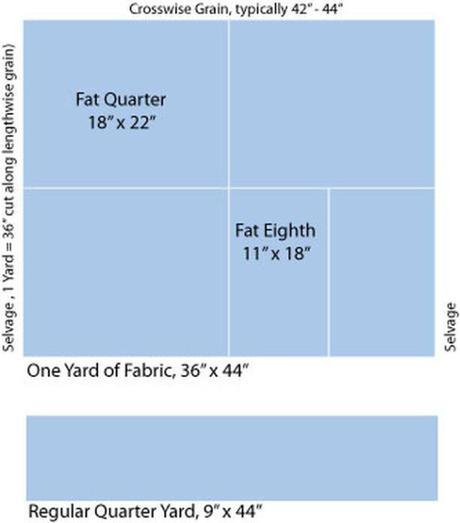
I set to and made several bags using two contrasting exterior materials and a further contrasting lining, with mitred corners to give a flat bottom so the bags will stand up.
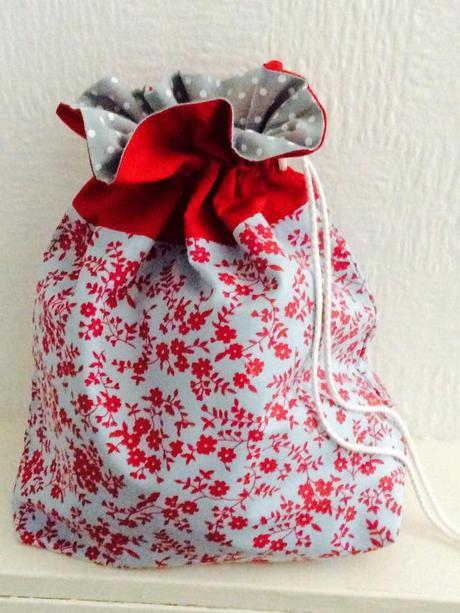
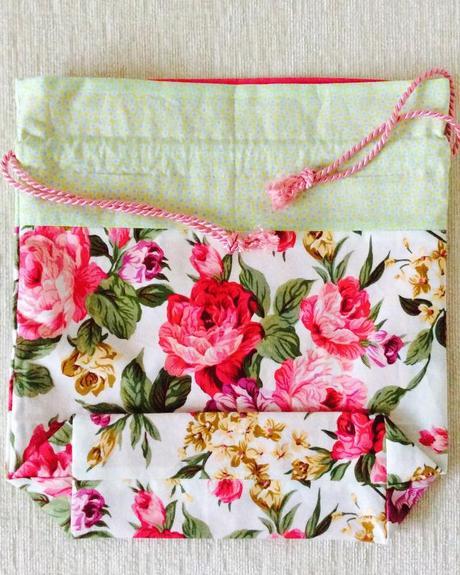
Making the bags with flat bottoms was time consuming and the issue of pricing your product comes into play. At what stage do you decide price over the time it takes to make an item? There is little point making anything at a loss. I could make the bags faster with straight seams and leave the choice of base for custom orders along with the type of ties and size.
There is a lot of information on the internet about pricing home-made goods. Generally you are suggested to work out the cost of materials, how long it takes to make plus profit. Initially my bags worked out at £24 each, which was a little worrying when you look on Etsy and Folksy and see similar bags ranging between £4 and £12. I was told that generally people will buy the more expensive product as it is usually deemed to be better quality, so I thought I would go along with that maxim.
I searched both Etsy and Folksy websites for drawstring bags and felt a bit deflated. There is so much competition, they seem to be very popular and at this stage I almost shelved the idea.
There is a lot to take on board, after all I am setting up a small business, the most important one is tax. Was I trading for a profit or just selling goods as a hobby? If you are “carrying out a trade with a view to making a profit” then it’s trading. If you sell items you have made at cost (i.e. you enjoy making items as a hobby and sell surplus items at the cost price of the materials, or at a loss) then it is not trading. I want to make a profit so I am going to have to look into this further.
Still undeterred, I set up my Etsy shop with the name I have always used when making things, AarTee, the phonic of my initials. Before that I checked there wasn’t another shop with the same name – fortunately I am the only AarTee Designs. I also re-opened the Folksy shop I had used several years ago and I set up a Facebook page.
https://folksy.com/shops/AarteeDesign
https://www.etsy.com/uk/shop/AarTeeDesigns
https://www.facebook.com/ThingummyBags
I took photos, decided on a product price and uploaded my products. At the moment I am only selling to the UK and Europe, I feel a bit daunted about selling goods further afield. I will take a look at what the requirements are to trade outside the EU shortly.
The name ‘Thingy Bags’ came to mind, again before using this, a bit of internet searching was required to see if anyone else was using the same name. Unfortunately there was, so ‘Thingummy Bags’ were born.
Why use a plastic bag when you can use a Thingummy Bag?
The pitch being “Ditch that plastic bag”. They can be used for shoes, knitting/craft bags, lingerie, separating dirty laundry when away and countless other uses that we use unattractive carrier bags for.
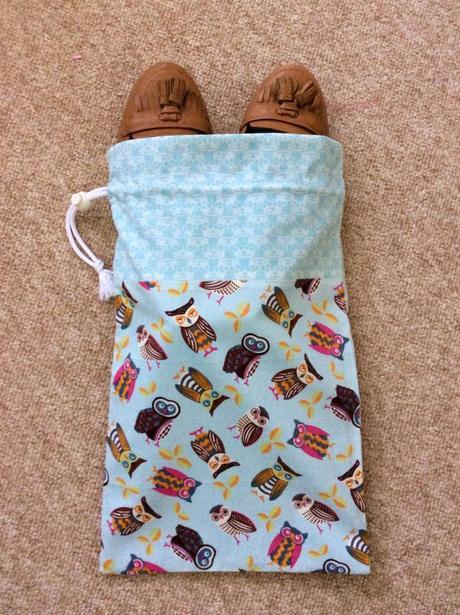
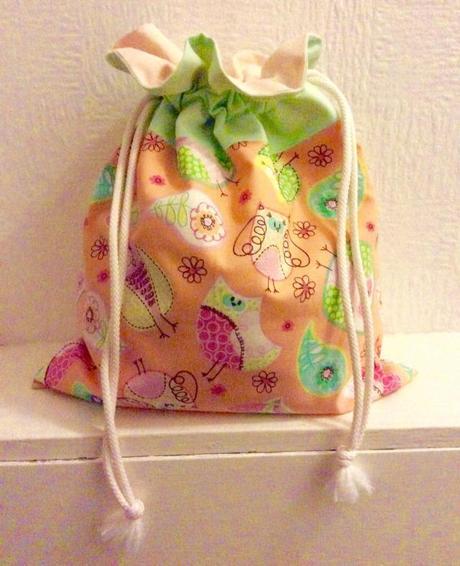
Wouldn’t it be great if I could fund my retirement by Thingummy Bags?! Well I can always dream and in the meantime I will be happy making my bags to stock the shop or as customer orders.
If you sell handmade goods on-line please let me know of any pitfalls you came across that you had not counted on.

